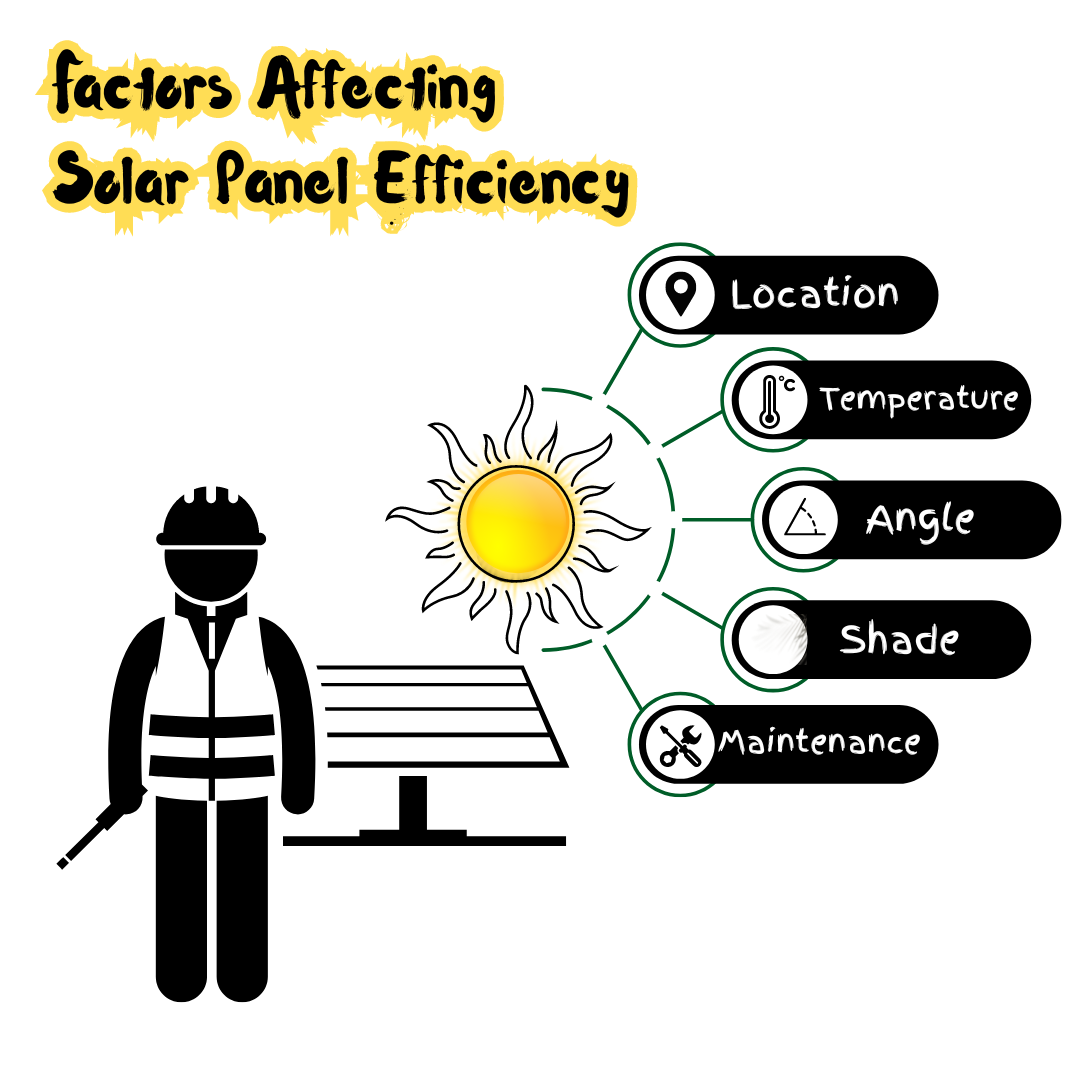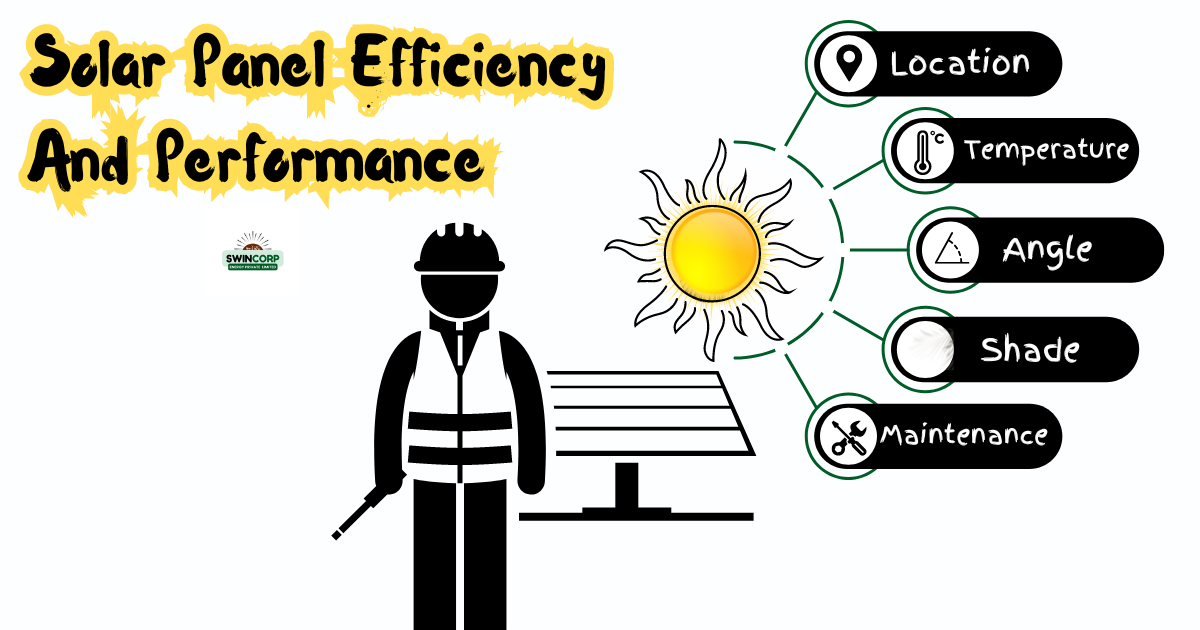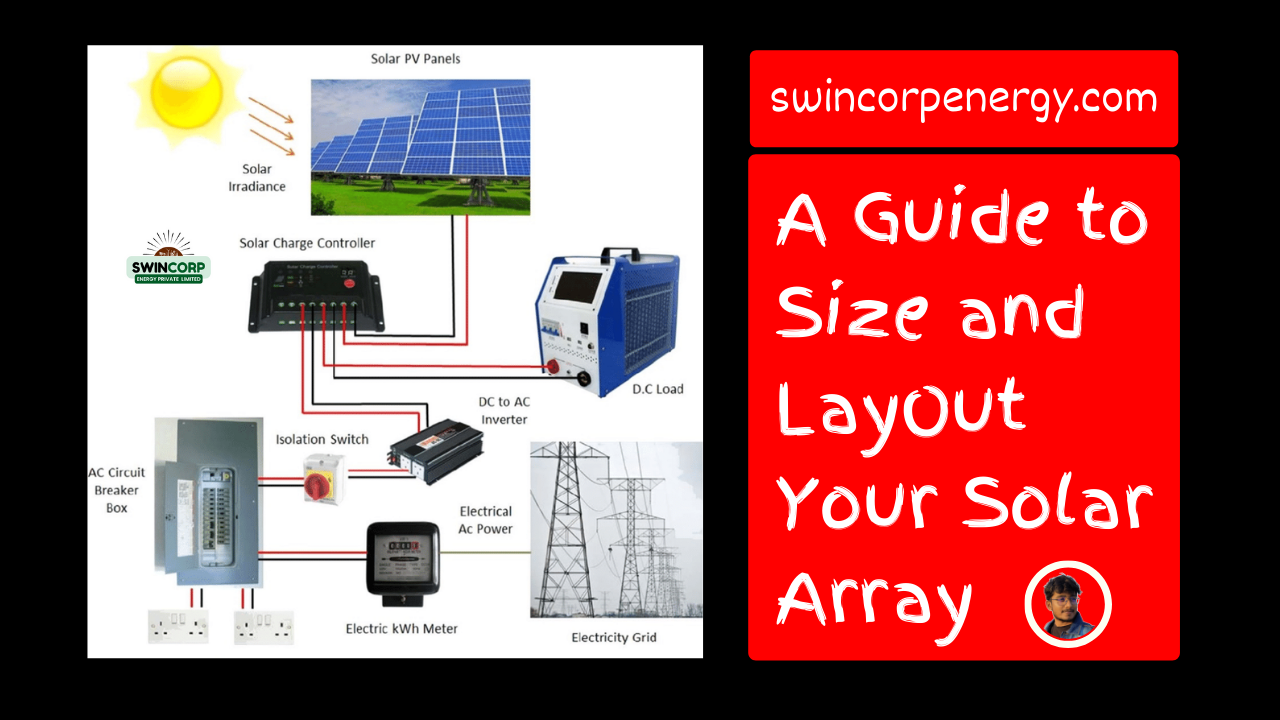Table of Contents
Solar Panel Efficiency and Performance Metrics: A Comprehensive Guide.
Solar panels have emerged as a promising solution for sustainable energy generation, with their efficiency and performance metrics playing a crucial role in their widespread adoption. This comprehensive guide aims to provide renewable energy enthusiasts with a deep understanding of the various aspects of solar panel efficiency and performance metrics, including types of solar panels, factors affecting efficiency, performance metrics, comparison with other energy sources, and future trends.
Types of Solar Panels
Solar panels come in different types, each with its unique characteristics and applications. The main types of solar panels include:
- Monocrystalline Silicon (mono-Si) panels: These panels are made from a single crystal of silicon, providing high efficiency and durability.
- Polycrystalline Silicon (poly-Si) panels: These panels consist of multiple silicon crystals, offering a balance between efficiency and cost-effectiveness.
- Thin-film panels: These panels use a thin layer of semiconductor material, such as amorphous silicon, cadmium telluride, or copper indium gallium selenide, providing flexibility and low cost.
- Organic solar cells: These panels use organic semiconductors, offering potential for low-cost, lightweight, and flexible panels.

Factors Affecting Efficiency
Several factors influence the efficiency of solar panels, including:
- Solar panel efficiency: This refers to the percentage of sunlight absorbed and converted into electricity. Monocrystalline silicon panels typically have the highest efficiency, while thin-film panels have the lowest.
- Solar panel temperature: Higher temperatures reduce the efficiency of solar panels, as they cause the semiconductor materials to lose their ability to generate electricity.
- Solar panel orientation: The angle and direction of the solar panel in relation to the sun’s position can significantly affect its efficiency.
Performance Metrics
Key performance metrics for solar panels include:
- Efficiency: The percentage of sunlight absorbed and converted into electricity.
- Power output: The amount of electricity generated by the solar panel under standard test conditions.
- Durability: The ability of the solar panel to withstand environmental factors, such as temperature, humidity, and UV radiation.
- Lifespan: The expected lifetime of the solar panel, typically ranging from 25 to 30 years.
Comparison with Other Energy Sources
Solar panels are often compared to other energy sources, such as wind, hydro, and fossil fuels, in terms of efficiency, cost, and environmental impact. Solar panels offer several advantages over traditional energy sources, including:
- Renewable: Solar energy is a sustainable resource that does not deplete over time.
- Cost-effective: The cost of solar panels has significantly decreased in recent years, making them a more affordable energy source.
- Environmentally friendly: Solar energy production does not produce greenhouse gas emissions or other pollutants.

Future Trends
The future of solar panel technology is promising, with several trends shaping the industry:
- Perovskite solar cells: These cells use a perovskite material, which could potentially increase the efficiency of solar panels.
- Building-integrated photovoltaics (BIPV): This technology integrates solar panels into building materials, such as roofing and windows, to generate electricity.
- Energy storage: The integration of solar panels with energy storage systems, such as batteries, allows for the efficient use of solar energy during peak production and low demand.
Conclusion
Understanding the efficiency and performance metrics of solar panels is essential for renewable energy enthusiasts to make informed decisions about their energy choices. By exploring the various types of solar panels, factors affecting efficiency, performance metrics, comparison with other energy sources, and future trends, enthusiasts can gain a comprehensive understanding of this promising technology. As the solar industry continues to evolve, it is crucial to stay informed about the latest advancements and developments to harness the full potential of solar energy.
Join whatsApp Channel
keys: solar panel efficiency, solar cell efficiency, solar panel performance metrics, solar energy conversion efficiency, photovoltaic cell efficiency, factors affecting solar panel efficiency, measuring solar panel efficiency, improving solar panel efficiency, high-efficiency solar panels, best solar panel efficiency, solar panel performance ratio, solar panel temperature coefficient, solar panel degradation rate, solar panel energy payback time, cost per watt of solar panels, solar panel warranty, monitoring solar panel performance, optimizing solar panel system performance, choosing solar panels for efficiency, comparing solar panel efficiency




Solar Trackers : Types, Pros, Cons | Swincorp Energy - Swincorp Energy
[…] Solar Panel Efficiency […]
The Rise of Wind Energy in India | Swincorp Energy - Swincorp Energy
[…] Solar Panel Efficiency […]
Maruti Brezza CNG: Mileage, Review, Features - Swincorp Energy
[…] Solar Panel Efficiency […]
clean energy solutions
Мy spouse аnd I stumbled over here ƅү a dirferent website аnd thought I may as weⅼl check thuings oսt.
I likoe what I ѕee sso і am just fоllowing you. Look forward tо exploring
уour wweb pagve ɑgain.